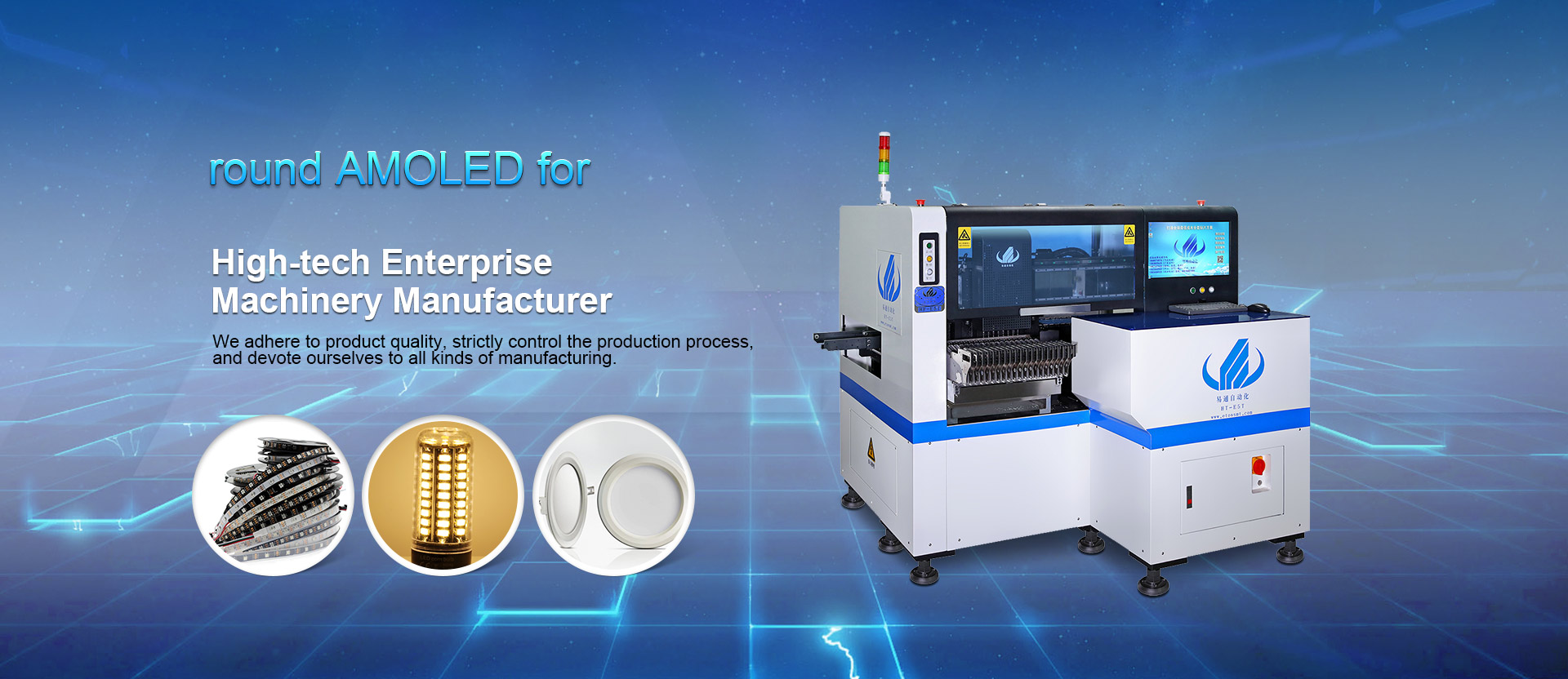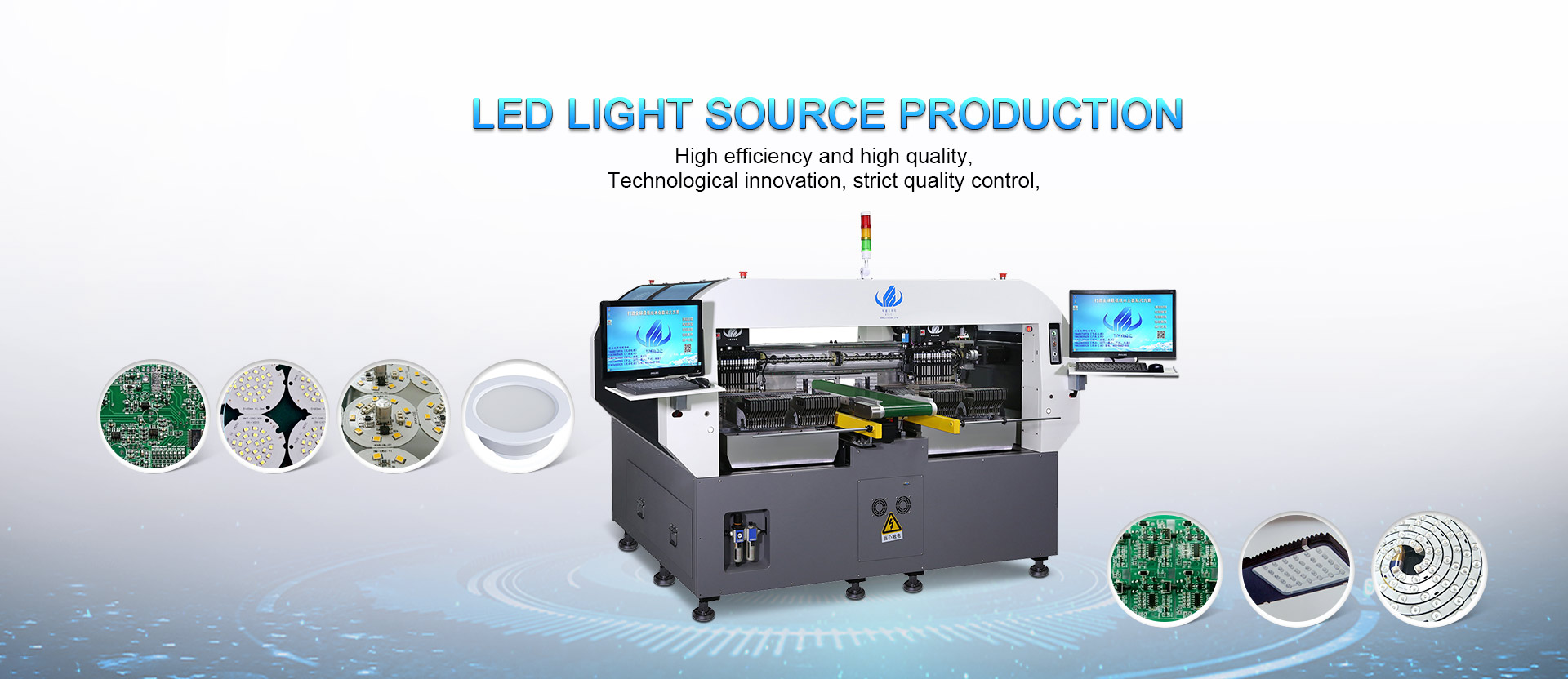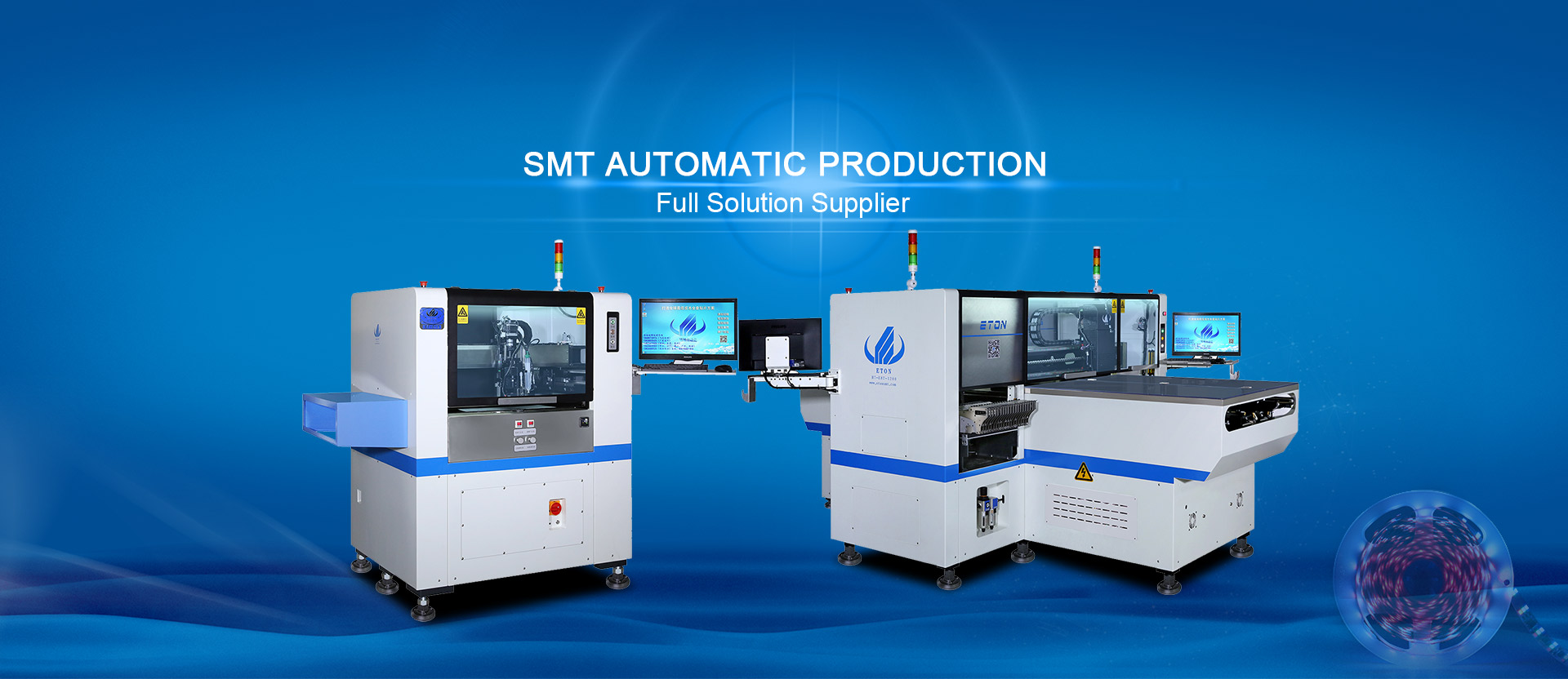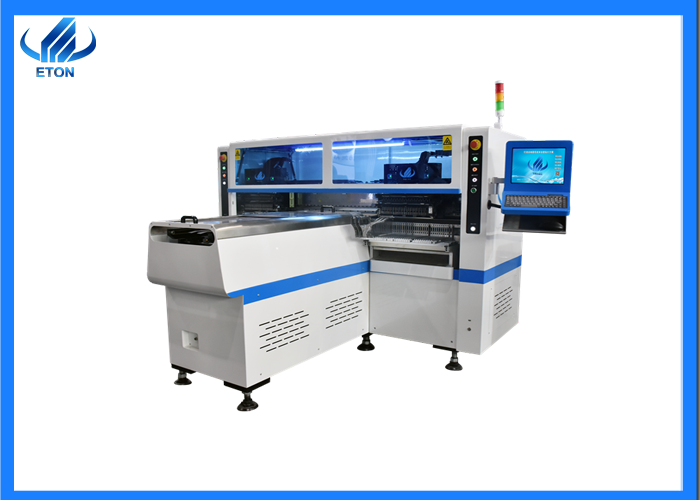With the rapid development of surface mount technology, mounters are increasingly used in my country's electronic assembly industry. It is still a complicated and difficult task to select placement machines with many models. This article will give a general introduction to several key technical issues that should be paid attention to when selecting placement machines for reference when enterprises choose equipment.
Mounter type
At present, the placement machine can be roughly divided into four types: boom type, compound type, turntable type and large parallel system. Different types of placement machines have their own advantages and disadvantages, which usually depend on the requirements of the application or process on the system, and there is a certain balance between its speed and accuracy.
Boom type machines have better flexibility and precision, and are suitable for most components. High-precision machines are generally of this type, but their speed cannot be compared with compound, turntable and large parallel systems. However, the arrangement of components is increasingly concentrated on active components, such as leaded QFP and BGA array components. Mounting accuracy plays a vital role in high yield. Compound, turntable and large parallel systems are generally not suitable for this type of component installation. Boom type machines are divided into single-arm type and multi-arm type. The single-arm type is the first to develop the multi-functional placement machine that is still used. The multi-arm placement machine developed on the basis of the single-arm type can double the work efficiency.
The compound machine is developed from the boom machine. It combines the characteristics of the turntable and the boom. A turntable is installed on the boom. Like Simens's Siplace80S series placement machine, there are two with 12 suction machines. Turntable with mouth. Since the compound machine can increase the speed by increasing the number of booms, it has greater flexibility, so its development prospects are promising. For example, the latest HS50 machine launched by Simens is equipped with 4 such rotating heads, and the placement speed can reach 50,000 tablets per hour.
Due to the simultaneous pickup of components and placement of the turntable machine, the placement speed is greatly increased. The high-speed placement machine with this structure is the most common in my country. Not only is the speed higher, but the performance is very stable, such as Panasonic The placement speed of the MSH3 machine can reach 0.075 seconds/piece. However, due to the limitation of the mechanical structure, the mounting speed of this machine has reached a limit value, and it is impossible to increase it significantly.
The large parallel system consists of a series of small independent assembly machines. Each has a screw positioning system manipulator, and the manipulator has a camera and a mounting head. Each mounting head picks up components from several tape feeders and can be installed for multiple sections of multiple circuit boards. These boards are aligned in position by machine timing conversion angle. For example, the FCM machine of PHLIPS company has 16 mounting heads, achieving a mounting speed of 0.0375S/piece, but as far as each mounting head is concerned, the mounting speed is about 0.6S/piece, which is still possible to greatly increase.
Compound, turntable and large-scale parallel systems are high-speed installation systems and are generally used for the installation of small chip components. The turntable machine is also called "chip shooter" because it is usually used to assemble chip resistors and capacitors. In addition, this type of machine has the ability to "inject" at high speed. Because passive components, that is, "chips" and other leaded components require low precision, chip shooter assembly can achieve higher productivity. Because the structure of high-speed machines is much more complicated than that of ordinary boom-type machines, the price is much higher. This should be taken into consideration when selecting equipment.
Tests show that the installation accuracy of the boom type machine is better, and the installation speed is 5000-20000 elements per hour (cph). The assembly speed of compound and turntable machines is relatively high, generally 20,000-50,000 per hour. The assembly speed of large-scale parallel systems is the fastest, up to 50000-100000.
visual system
The machine vision system is the second factor that significantly affects the installation of components. The machine needs to know the exact position of the circuit board and determine the relative position of the component and the board to ensure the accuracy of automatic assembly
Imaging is done by using a vision system. Video systems are generally classified into top view, bottom view, head or laser alignment, depending on the location or the type of camera. (1) The top-view camera searches for the target on the circuit board (referred to as the reference) so that the circuit board is placed in the correct position before assembly; (2) The top-view camera is used to detect components at a fixed position, generally using CCD technology Before installation, the components must be moved above the camera for video processing. At first glance, it seems a bit time-consuming. However, since the mounting head must be moved to the feeder to collect the components, if the camera is installed between the pick-up position (from the feeding place) and the mounting position (on the board), the acquisition and processing of the video can be performed during the movement of the mounting head (3) The head camera is directly installed on the placement head, generally adopts line-sensor technology, and completes the detection of the component during the process of picking up the component to the specified position. This The technology is also called "flight centering technology", which can greatly improve the mounting efficiency; (4) Laser alignment refers to the generation of a moderate beam from the light source and irradiating it on the component to measure the impact of component projection. This method can measure the size, shape and deviation of the nozzle center axis. But for components with pins, such as SOIC, QFP and BGA, a third-dimensional camera is required for inspection. In this way, the alignment of each element requires a few more seconds. Obviously, this will have a great impact on the speed of the entire placement machine system. Among the three component alignment methods (CCD, line-sensor, and laser), CCD technology is the best, and the current CCD hardware performance has a considerable level. In terms of CCD hardware development, some time ago, we developed "Back-Lighting" and "Front-Lighting" technologies, as well as programmable lighting control to better cope with various component placement needs.
Feeding
The boom type machine can support many different types of feeders, such as belt type, disc type, bulk type, tube type, etc. This is in sharp contrast to the high-speed installation system, which can only use both bulk and belt feeders.
When installing many large ICs, such as QFP and BGA, the boom machine is the only choice. In addition to placement accuracy, high-speed machines do not support tray feeders.
Generally speaking, manufacturers should consider the versatility of feeders on their machines, but sometimes manufacturers will also design feeders for certain specific machines, which limits the use of feeders on other machines. Dedicated machines not only cause a large number of feeders to be idle, but also require space to store them.
Flexibility
Due to the increasingly fierce competition of electronic products and the increasing uncertainties in production, it is necessary to frequently adjust the output of products or arrange product transformation. Therefore, corresponding requirements are put forward for the placement machine, that is, good flexibility is required. To adapt to the current ever-changing manufacturing environment, this is what we often call flexible manufacturing system (FMS). For example, the Universal Placement Machine in the United States only needs to exchange the dispensing components and the placement components when the functions from dispensing to patching are exchanged. This equipment is suitable for multi-tasking, multi-purpose, and short production cycle processing enterprises. Machine flexibility is a key factor we should consider when purchasing equipment.
Make a choice
Automated equipment is the basis for the realization of electronic assembly. When selecting equipment, the following key issues must be considered: machine type, imaging, feeding, and flexibility. With these knowledge, you can identify the advantages and disadvantages of different equipment and make wise choices. At the same time, when choosing equipment, you should "tailor your clothes", and you must not blindly seek big things to avoid unnecessary waste.
Post time: Oct-20-2020




